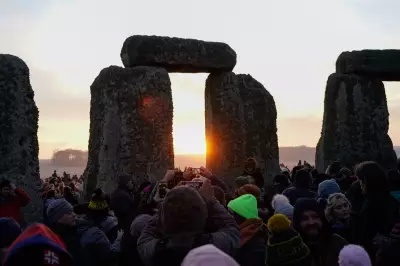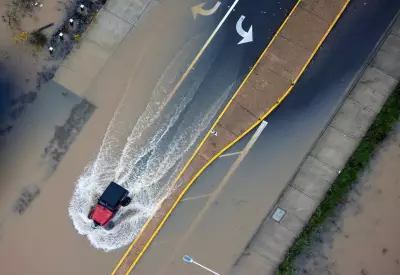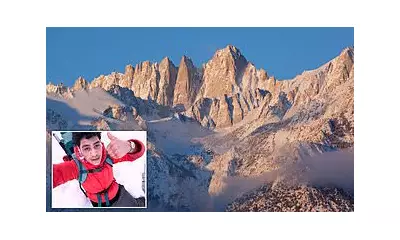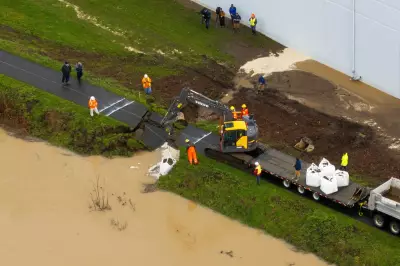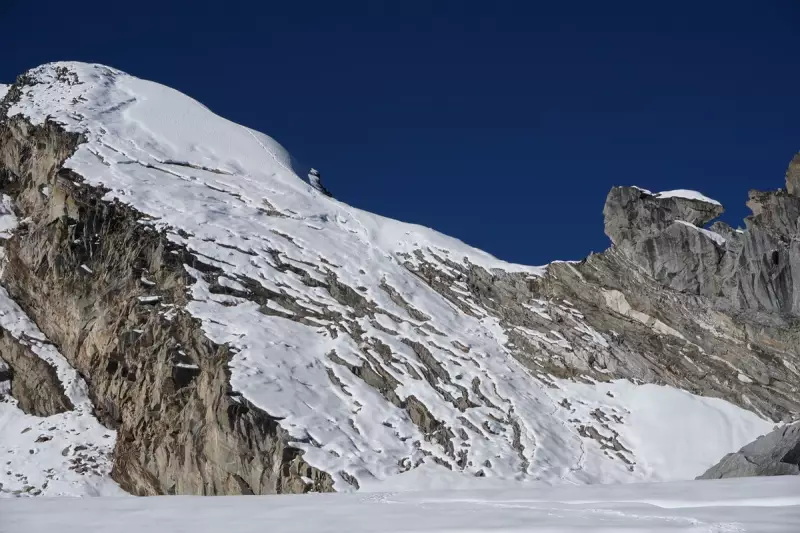
A catastrophic avalanche has wreaked havoc in the Nepalese Himalayas, claiming multiple lives and leaving rescue teams scrambling to find survivors in treacherous conditions.
The Disaster Unfolds
Emergency services confirmed that at least five people have perished after a massive wall of snow and ice cascaded down Mount Dhaulagiri, the world's seventh-highest peak. The avalanche struck with devastating force, catching climbers and guides completely by surprise during what should have been a routine expedition.
Local authorities reported that the search and rescue operation has been hampered by severe weather conditions and the remote, inaccessible nature of the disaster site. Helicopters have been deployed to the region, but heavy snowfall and strong winds have repeatedly forced them to abort missions.
Mountaineering Community in Mourning
The climbing community has been left reeling by the tragedy, which serves as a stark reminder of the inherent dangers of high-altitude mountaineering. Experienced guides and local sherpas are among those affected, highlighting how even the most seasoned professionals remain vulnerable to the mountain's unpredictable nature.
"This is a devastating blow to our community," said a spokesperson for the Nepal Mountaineering Association. "Our thoughts are with the families of those lost, and we're doing everything possible to support the rescue efforts."
Increasing Risks in the Himalayas
Climate experts have noted that such avalanches may become more frequent as changing weather patterns and rising temperatures destabilise snowpack across the Himalayan range. The timing of this disaster, occurring during what is typically considered a stable climbing season, has raised concerns among the mountaineering community.
The Nepalese government has promised a full investigation into the circumstances surrounding the avalanche and has reiterated its commitment to improving safety protocols for climbers attempting the country's famous peaks.

